The Royal Navy has reached a significant step in arming its maritime attack helicopters with ship-busting missiles, after the Sea Venom achieved Initial Operating Capability (IOC).
The missile can now be deployed on front-line duties with Wildcat helicopters, enhancing the Fleet Air Arm’s striking power.
A Wildcat helicopter is able to carry up to four Sea Venoms, allowing it to strike multiple targets in one sortie or fire a salvo against a larger opponent. The weapon has the destructive power to engage major surface combatants such as corvettes and patrol ships, while Wildcats can also carry the lightweight Martlet missile for swarming boats and smaller craft.
The IOC milestone was reached during Operation Highmast, the Royal Navy’s global Indo-Pacific deployment led by HMS Prince of Wales. Four Wildcats from 815 Naval Air Squadron are carrying Sea Venoms on the mission, operating from HMS Prince of Wales, destroyer HMS Dauntless, and the Norwegian frigate HNoMS Roald Amundsen.
Commander James Woods, Commanding Officer of 815 Naval Air Squadron, described the new capability as a “step-change” in combat power. “It delivers a lethal combination of precision, reach, and flexibility that allows us to strike decisively against a wide spectrum of threats in the maritime, coastal, and land domains. Most importantly, it gives us the ability to neutralise those threats at range. This is a transformational capability for the Fleet Air Arm, and ensures that we are ready to defend and protect NATO and Allied interests at home and abroad.”
Sea Venom forms the long-range component of the Future Anti-Surface Guided Weapon (FASGW) programme, with Martlet fulfilling the short-range role. The missile uses an “operator-in-the-loop” system, transmitting an infra-red image back to the operator from up to four missiles at once, enabling real-time targeting adjustments during flight. Optimised against corvettes and patrol vessels, it can also strike coastal installations and land targets with precision.
Commodore James Blackmore, Commander UK Carrier Strike Group, said the new missile strengthened the Royal Navy’s global reach. “Achieving Initial Operating Capability with Sea Venom is another milestone in ensuring the Carrier Strike Group remains a world-class, combat ready force. It strengthens our ability to safeguard the maritime environment, reassure allies, and deters adversaries. This capability ensures our aircrew can operate with confidence against a wide spectrum of threats, reinforcing the UK’s commitment to delivering decisive air power at and from the sea.”
Commander Andrew Henderson, Commander of the Wildcat Maritime Force, added that the new capability marked a “significant enhancement” to the Navy’s lethality at sea. “Its precision, range, and versatility ensures that our frontline crews are equipped to meet the challenges of a multi domain and complex environment”.



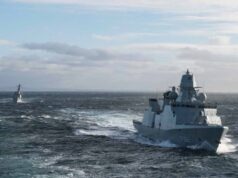
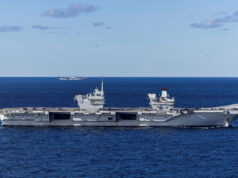
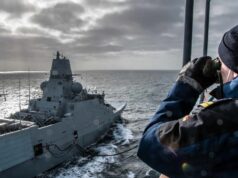
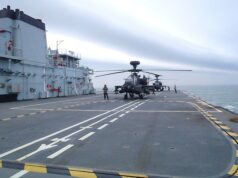
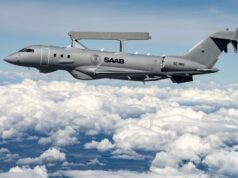
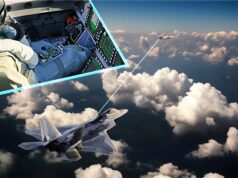
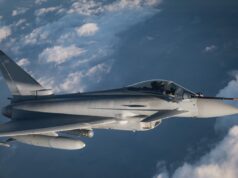

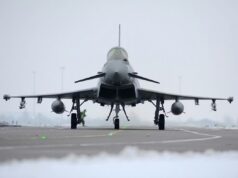
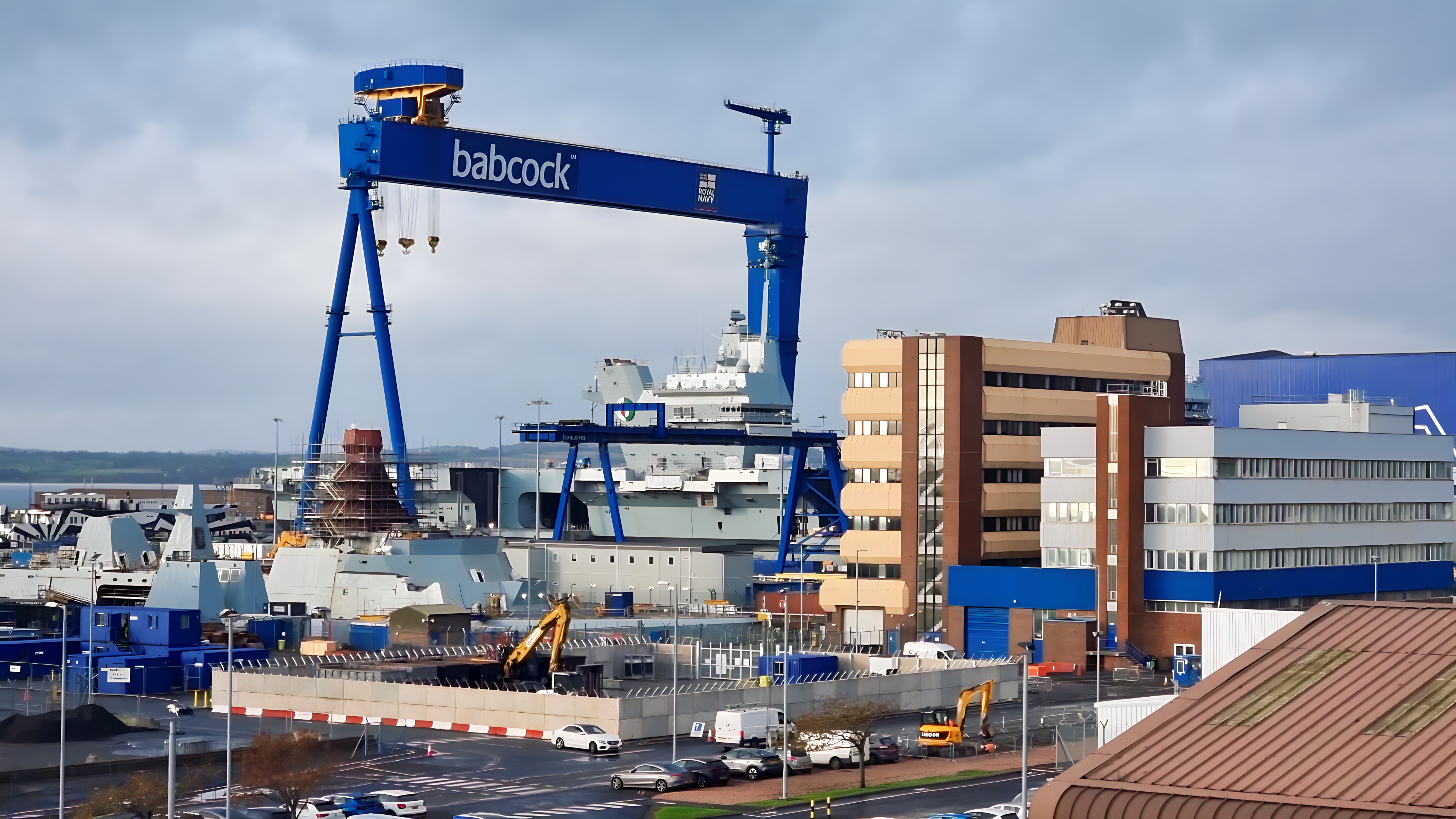

Well done to the RN. Surface vessels starting to look potent again
Good to have the Sea Venom.
Better to have Link 16 and Sea Venom.
Really need the data sharing of Link 16 finally added to the fleet helicopters to fully use the new weapon and share critical data.
Still amazed that it was left out as a cost saver.
Don’t save us from the enemy, save us from the treasury.
ioc was originally declared in 2021…..during the then CSG tour out east.
Are we back again ?
Kept getting Error codes all day.
Well, not all day but anytime I looked in !
The site hates you. It’s HAL “I’m sorry, Dave. I’m afraid I can’t do that”
“The site hates you”
You ain’t wrong there, I’ve had a few run-ins !!!
Me to
NL is reporting that the French have withdrawn from the programme. News to me. Anybody here know anything about that?
More good news, excellent! Hopefully a RN frigate will now have the appropriate weapon for any situation.
This is massively important, it’s very underrated just what a huge capability this is. The small ship flight paired with antiship missiles is a doctrine is essentially pioneered and Perfected by the RN and has made the RN the navy with the most surface vessel kills in the missile age, infact the RN small ship flight and sea skua has been the most deadly of capabilities.
The Wildcat’s range and Wescam will give a T31 ‘patrol’ frigate the ability to ‘deter aggression’ over a significant area; as a the combined weapon system I think it has greater strike range than ship launched NSM.
The ship launched NSM has a range of 185+ km (Sea Venom 20+ km) and a warhead of 125 kg (Sea Venom 30kg). It’s a different class of stealthy weapon.
The NSM requires targeting cue from an ISR/C2 platform (Wedgetail, P8, F35) for max range over the horizon shot but would reach its target in under 10 minutes (including terminal maneuvering).
A fully loaded Wildcat has a combat radius of around 180 kms (depending on mission profile, weapons loadout, fuel reserves, time on station etc.) and would take about 45 minutes to cover the same distance to launch a Sea Venom.
The shortest range Russian naval anti air missiles (Shtil derivative of the Buk family) has an engagement range of 30 to 50 km). A Wildcat would need to be inside this range to launch a Sea Venom.
Why put a crewed asset at risk to launch a smaller missile?
Point taken on the specs and the SAM threat. I’m no expert, but my understanding is that Sea Venom and NSM are intended for a different target sets. Where NSM is for out and out peer combatants, Sea Venom is to disable patrol boats, fast attack craft and corvettes in tier 2 navies or non state actors – with AShM which are a threat. The complementary missile loadout for the Wildcat would be Martlet, for rhib sized ( drone )swarms. I’m guessing the idea is that the initial target identification for Sea Venom ( or NSM) would be provided to a singleton patrol frigate by a Peregrine Wescam or I-Master radar. The S-100 camcopter has an on station endurance several times that of the Wildcat. I think Sea Skua had a range of 25km so I’m guessing Sea Venom has longer legs. The idea would be for the Wildcat to hide below the target horizon once it had launched the missile, which can see the target and can communicate with the Wildcat.
Agreed. Sea Venom seems a useful addition to RN surface fleet capabilities against smaller ships without air defences (and cheaper than NSM) but the Sea Venom/Wildcat combo isn’t really survivable against a peer navy’s surface combatants. So the somewhat breathless government announcement about ‘long range strike’ is over egging the actual capability.
The RAN (and USN) has a similar capability against small vessels and RHIB swarms with the Seahawk Romeo/Hellfire combo albeit with a shorter range than Sea Venom, but it doesn’t pass it off as ‘long range strike’.
Nice to know our Wildcats can cover for the F-35 in the long range strike role. 🥳
This Capability has come in good time 😏
Humm… about time…
I would have liked to see a fully autonomous fire and forget weapon. This hanging about to guide the thing could get folk killed…
It does its own guiding, but even if the helicopter turns and runs away after launching the missile still sends the feed from its seeker back to the operator to make sure it doesn’t aim for any civilian ships etc. and correct it if it does.
Not at all like Sea Skua, which was semi-active and so required the launch helicopter to hover in place, illuminating the target with its radar.
That sounds a lot more useful and survivable. Thanks for the info…
As I understand things, having identified the target and launched the missile the Wildcat can reduce altitude such that it continues to have line of sight to the missile but is over the horizon from the target.
Some good news for once.
Long range strike role?
RAN Hobart class – hold my beer.
Tomahawk Block V (land attack) 1,600 km, Block Va (maritime strike) 1,000+ km.
Welcome Sea Venom. The Wildcat is clearly a very versatile aircraft.
Is Sea Venom basically a smaller, shorter range SPEAR5?
Wonder why SPEAR 5 is seemingly so difficult to achieve for F35.
A capability gap closed, when was Sea Skua retired?